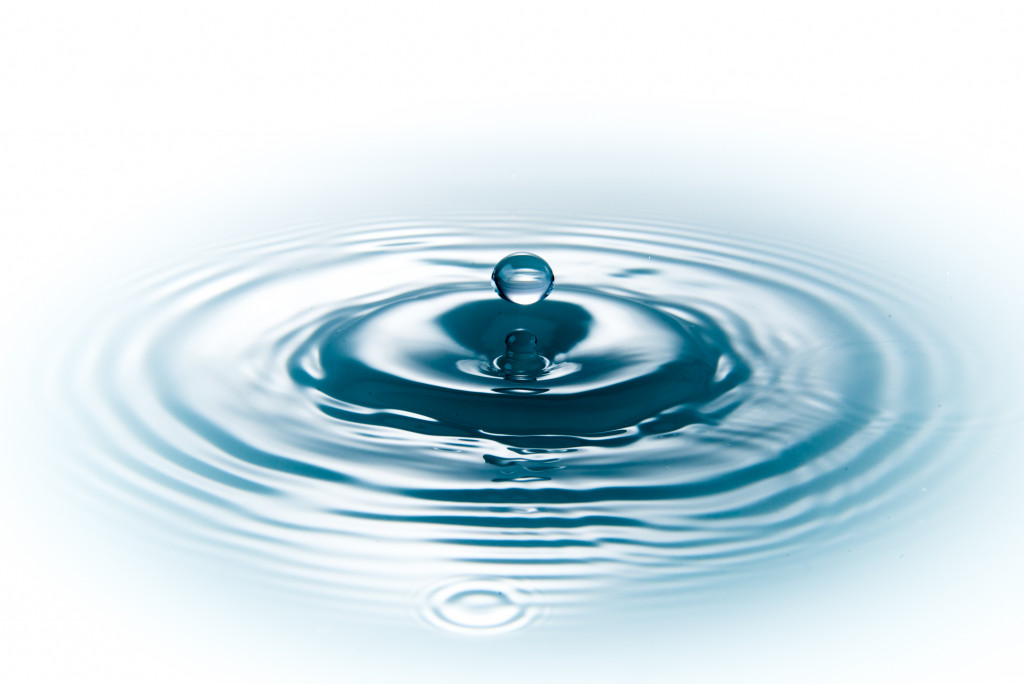Water is primarily essential to human life. Without food, experts believe that a person can survive for up to two months with water alone, but without water, lasting for two days is difficult. Water takes up seventy-one percent of Earth’s surface, and many think that there’s no way the world will run out of drinking water with that much supply. Although with the seas, oceans, lakes, and rivers, not every water source are potable and fit for human consumption, only about one percent is drinkable.
Believe it or not, water supply is becoming more and more scarce if you factor in water pollution and climate change, making it everyone’s responsibility to conserve as much as possible. Usually, when you think about recycling, the materials that come to mind are plastics and paper. Still, you can also upcycle water and use it for different purposes after its original use. Below are some ways you can upcycle used water.
Save Your Pasta Water
Both your pasta and vegetable water are rich in nutrients, so it’s a waste to pour it down the drain. Though you can’t use it as drinking water, you can utilize it to hydrate your plants. When combined with healthy soil mixed with your compost made from food scraps, you let your plants grow in an organic and healthy environment.
Don’t Throw Away Your Aquarium Water
Similar to pasta and vegetable water, your aquarium water contains potassium, nitrogen, and other organisms that are beneficial to plants. Instead of disposing of dirty water from your aquarium, you can make it a habit to save it every time you give your fish freshwater.
Use a Sink-to-Toilet System
A regular person uses approximately 79.44 liters of water daily just washing hands, which does not include brushing teeth and washing the face. On the other hand, a full-flush toilet uses about 11 liters per flush. Water usage is a normal part of bathroom routines, so there’s not much thought about the amount of water used and wasted. A way to conserve water in your comfort room is by installing a sink-to-toilet system.
Truly innovative, this system directly connects your sink to your toilet with the use of a pipe, directing the water drained from your sink to your toilet tank, letting you recycle used water every time you flush.
Reuse Left Over Ice
On every occasion, there’s always been leftover, half-melted ice in the cooler, and most of the time, it’s poured somewhere. To upcycle your ice water, you can distribute it on your plant beds. You can scatter it around and let it melt into the soil, keeping your plants hydrated while you attend to other tasks.
Catch Shower Water

Shower water is also something that’s a waste to go down the drain. Even though it’s full of suds from your soap and shampoo, you can still reuse it for other applications. Similar to the solutions mentioned above, you can collect your shower water and use it to water your plants or clean your driveway and vehicle.
Urge the Community To Use Rain Barrels
Moving on to community-wide efforts of conserving water, you can urge your neighbors and the other establishments in your town to use rain barrels and place them under their roof’s downspouts to collect rain. Unlike used water, rainwater is cleaner and safer to use, making it ideal for your house’s everyday cleaning, as well as laundry.
Build a Rain Garden in Your Community Farm
As discussed above, rainwater is a free source of clean water that you can use for various applications. For example, if your community happens to have a neighborhood farm, you can operate it sustainably by using rainwater to water plants and irrigate fruit and vegetable patches. You can take sustainability further by creating your compost from food scraps and using it for your plants’ soil bed; you can also tap into solar energy to run electricity-powered gardening equipment.
Install a Greywater Recycling System
If you’re willing to do more significant projects for your water conservation efforts, you can install a greywater recycling system ways from your home. This system will save houses and establishments in your community from burgeoning water bills by storing your used water in surge tanks placed beneath the surface.
Another way to increase your water conservation efforts is by using your community’s utility hole as a catch basin to collect rain and used water. Though for this to work, you must first find the right equipment and get the help of trusted professionals for a manhole lining application so you can maximize its efficiency.
Though most water upcycling projects produce water that isn’t drinkable, it is still a great help, especially when considering the number of its possible uses. Conserving water lets you take a closer step to worldwide sustainability efforts focused on saving the Earth.




